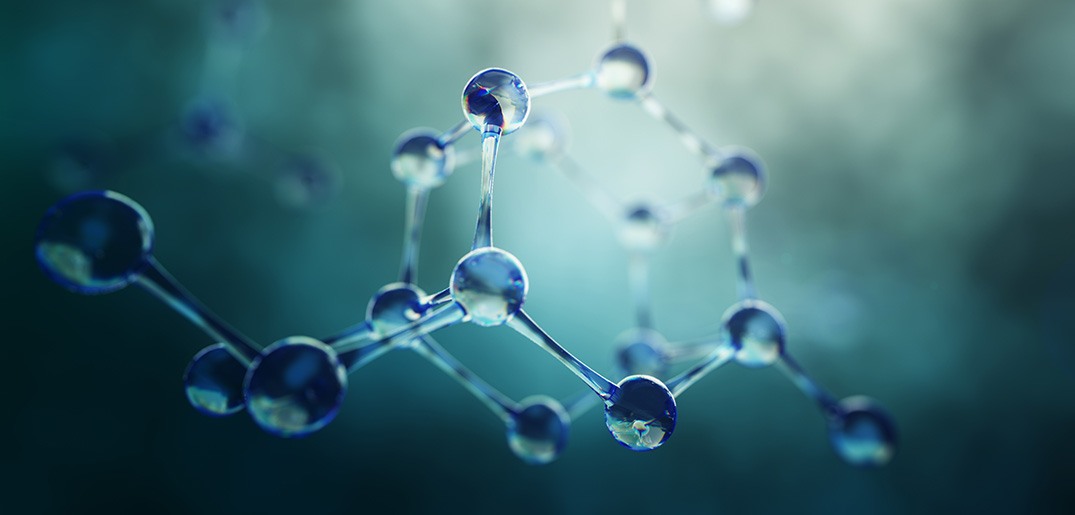While water quality and chemistry are related, they are not exactly the same. For example, two ponds on opposite sides of the world might have excellent water quality, but could be completely different with regard to their chemistry. Below are some reasons why chemistry is important, and how it benefits koi and their ecosystem.
Soft vs. Hard Water
Koi breeding originated in Japan and the island nation has soft water, especially in the region of Niigata. The same is true for much of Asia, which is one of the reasons why rice is such an important crop (because growing anything else is difficult). Water hardness is determined by the kind of soil or rock the water moves through prior to being collected by lakes and reservoirs. Whereas places like the UK are rich in limestone, the rocks in Japan are not, which leads to low mineral ions and water which is softer.
Westerners are quick to point out that carp thrives in lakes and rivers that have hard water, which is true. However, this doesn’t mean that hard water is good for the koi which is kept in backyard ponds. It is important to remember that although koi and carp share a common ancestor, they are not the same, and in fact are separated by multiple generations.
Mud Pond Water Chemistry
The Japanese are fond of mud ponds, which have water that is even softer than the main line. Although it appears dirty, this is largely the result of algae and solids which are suspended (turbidity). The TDS (total dissolved solids) is usually from thirty five parts per million to ninety parts per million. This includes things like dissolved fish waste along with carbon dioxide and oxygen.
While many Westerners shun the use of mud ponds because they are not aesthetically pleasing to the eyes, research indicates that both their water and pH levels provide a variety of benefits to the fish that reside in it. This is most likely due to color pigment cells. These cells are a living entity, akin to garden fauna, and it is theorized that in the soft water these pigment cells will stand up, producing Beni which is thicker and healthier. However, once the koi is placed in hard water, the pigment cells will lie back, apparently in an attempt to act as a shield, which makes the fish’s color redder in the short term but which also leads to the death of the pigments.
The Japanese are also known for using oyster shells in their ponds. There are two reasons for this. First, the oyster shells will not harden the water, and will instead buffer the ph. Second, the shells will usually dissolve only when the water becomes acidic. Adding more shells leads to greater surface area which buffers the pH faster when necessary. If the Japanese only used a few oyster shells, when their ponds become too acidic they would not dissolve soon enough to prevent the pH levels from crashing.


 Blog
Blog



